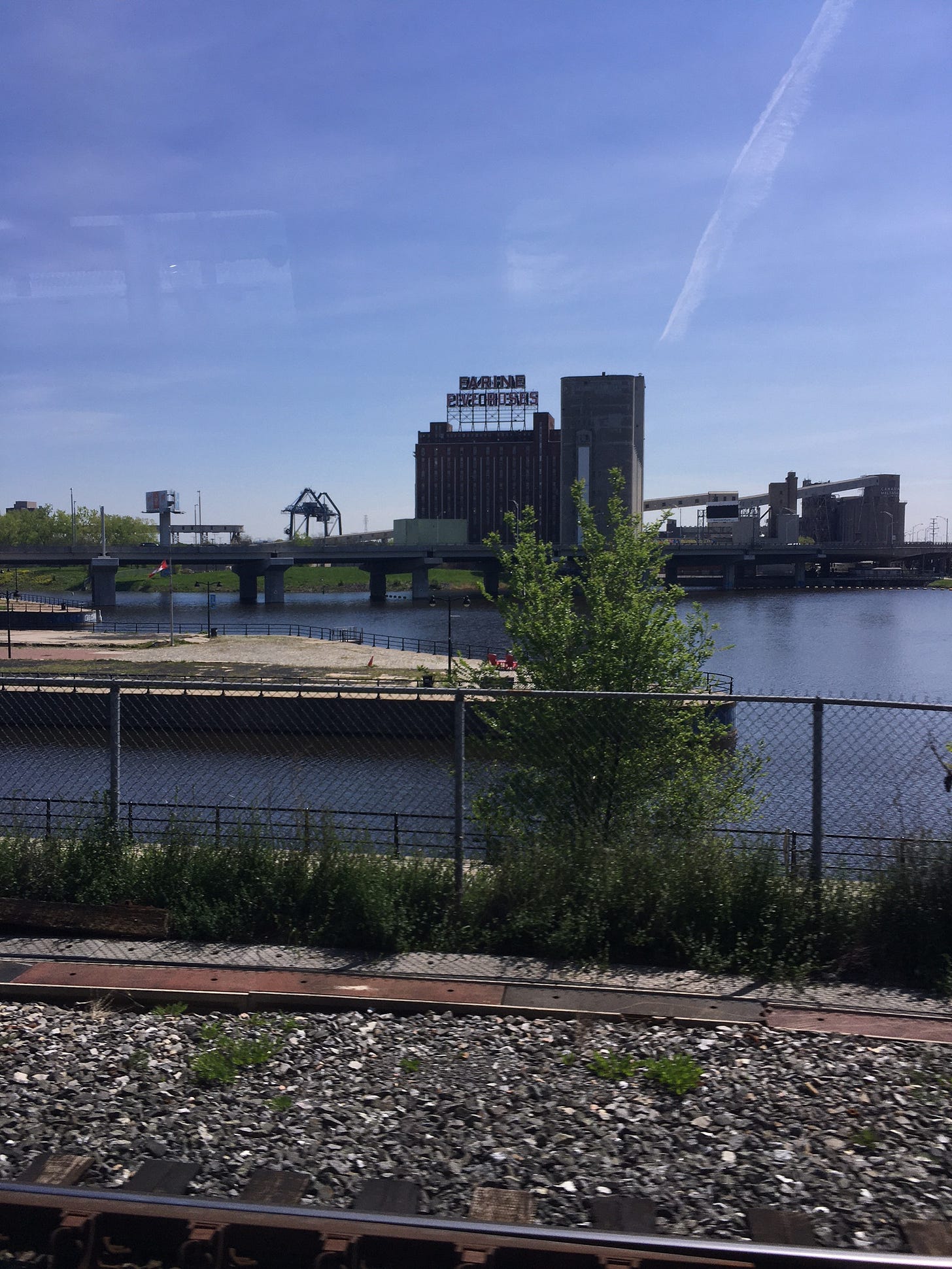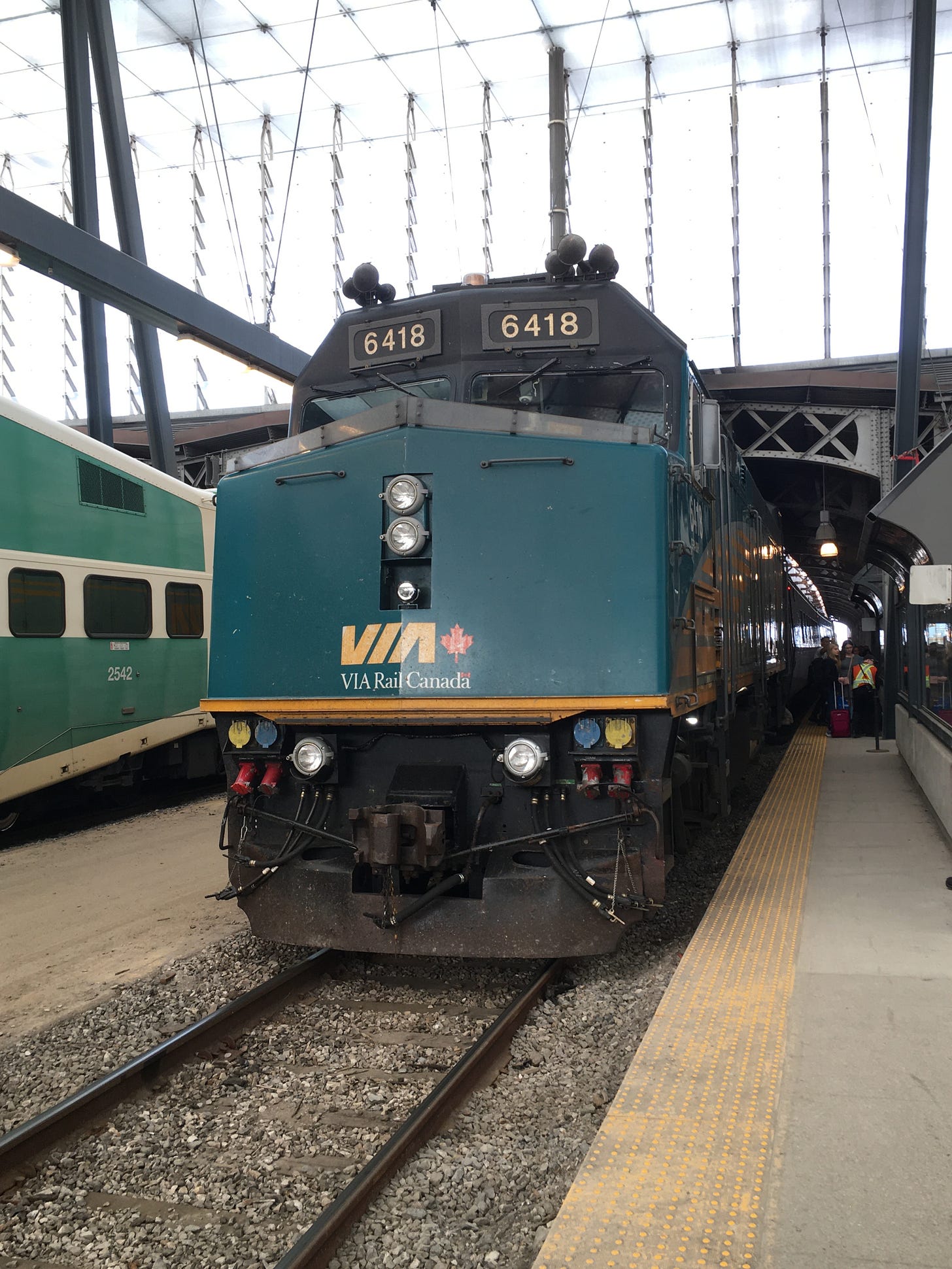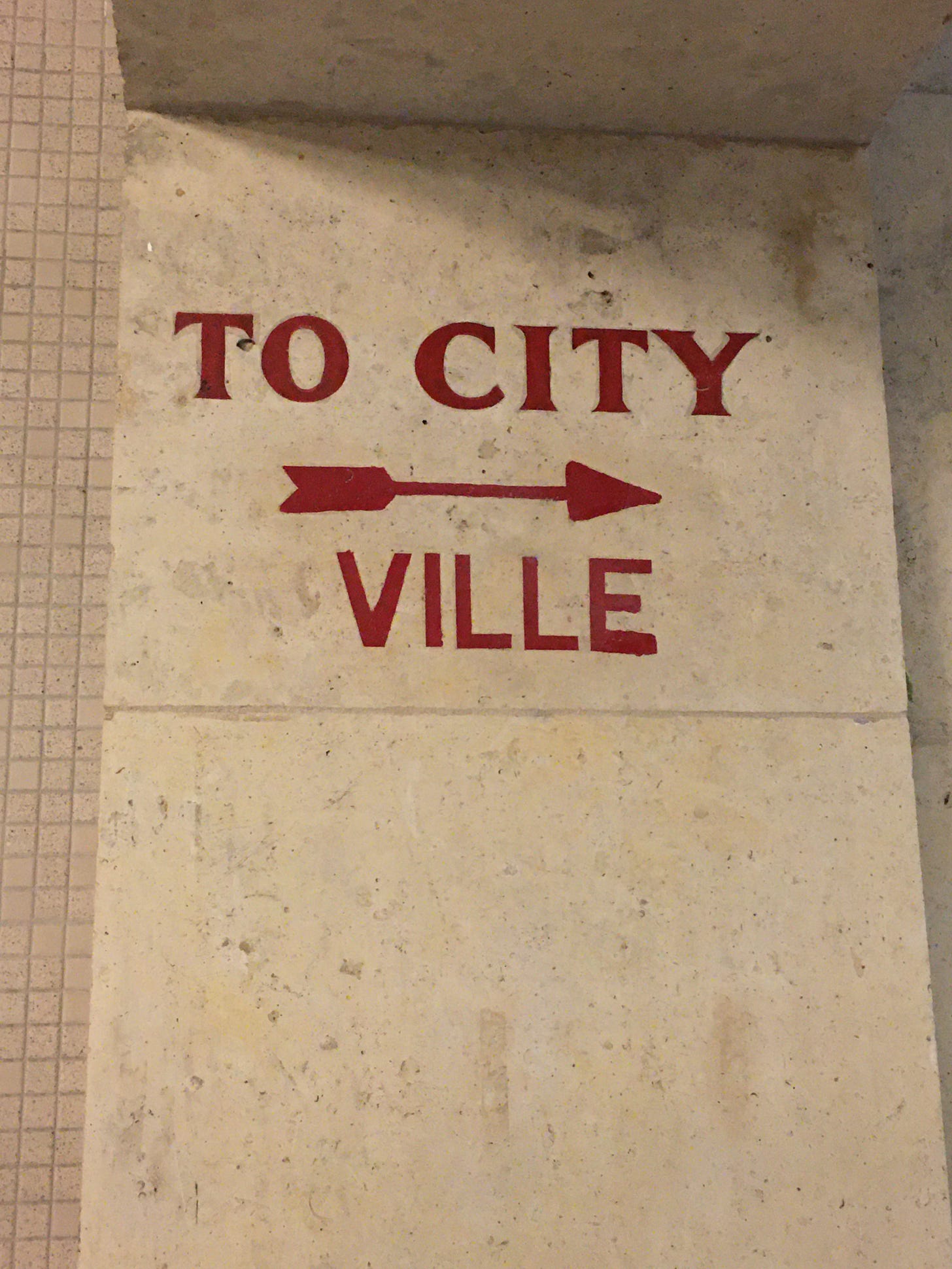I really want to like Via Rail. I really want to recommend taking the train between Canada’s two largest cities, Montreal and Toronto. In terms of emissions, it’s a far less polluting way of travelling than doing the same trip by car or plane. And I always anticipate the experience with pleasure. Slowly pulling out of a big-city train station, gazing out the window at the shores of the St. Lawrence River, maybe ordering a Bloody Caesar (a Canadian rail staple) somewhere around Kingston, getting halfway through Birnam Wood or whatever long novel I’ve started. Yes! Train travel is the way to go.
Yet Via Rail never fails to mess the experience up. I’m aware that complaints about modern transportation tend to get filed under “first-world problems.” Boo-hoo, poor little rich people got to their fancy business meeting a little late! (It’s a miracle, comedians remind us, that we get to fly in the air at jet speeds or zoom along superhighways at all!) But here’s the thing: in Asia, especially in China and Japan, the pokiness and degree of lateness we experience in Canada and the U.S. on Via Rail and Amtrak would never be tolerated. Japanese shinkansen often arrive at the destination station on the second, and even on urban trains commuters are given apology cards on the platform (to hand to the boss) if a train is more than 2 minutes or so late. Morocco, Laos, and Turkey have high-speed rail—hardly “first-world” countries, but their passenger rail networks are now more advanced, and efficient, than ours.
So, allow me to vent about my trip from Montreal to Toronto yesterday, on Via train 65. I ride the métro to Bonaventure, and made my way to the Gare Centrale, which you reach after a ten-minute walk through the unappealing labyrinth of the Underground City (the castle-like Windsor station, where you used to catch the Adirondack to NYC, still stands, but it no longer functions as a station.) I’m confronted by what you’re always confronted with in a North American railway station from Pacific Central to Penn Station: a snaking line-up, of people who already have tickets, waiting for the inspectors to scan their QR codes. Why in God’s name are we forced to do this? In stations in big European cities, you scan your ticket at an automatic barrier, and you go find your seat on the train at your leisure, without having to queue up. Then on the train, when you’re en route, there’s another “control” to confirm you’re a ticket holder. (Something that’s also done in North America.)
Since I, and everyone else, have an assigned seat, there’s really no need to line up at all; you can wait until almost everybody else has gotten on board before ambling up to the line, which is what I do this time. It gives me a chance to examine the details on the bas-relief frieze that girds the upper walls of the station: created by Charles Comfort in 1936, it shows noble workers engaged in noble labours, with the exception, you’ll note, of the bank teller, who is trapped in a window that looks like a Medieval stock, with a money bag at his knee. (Oh, the bracingly anti-capitalist ‘30s!)
Speaking of money, my one-way economy class ticket, booked two weeks in advance, cost $121 ($90 US). I missed a cheaper fare that would have worked out to $75 with taxes. That sounds reasonable, until you compare it with the low-cost, high-speed trains that now serve Europe: on an AVLO train, you can get from Barcelona to Madrid (about the same distance as Montreal to Toronto), in 2.5 hours and for just €7.
I was hoping that I’d get to ride on the sleek new electric-hybrid Siemens trains which I’ve been seeing on Via Rail ads lately. But a worker on the platform tells me they’re only running on the Quebec City and Ottawa routes now; it’ll be a “couple of years” before I get to ride one to Toronto. I find my (backward-facing) seat in a LRC compartment that has seen better days. (These aluminum cars were built by Bombardier in the early 1980s; LRC is an acronym for Light, Rapid, Comfortable.) I see there is an Amish family in my car, all sunburns and shy smiles, and a class of teenagers on a field trip, who clog the aisles and chat on the other end of the car. And, small miracle, the train leaves the station at 11 am on the dot…it’s scheduled departure time.
This is the part I like. Watching the “city’s ripped backside” (pace Iggy Pop) scroll by, the rusty bridges over the Lachine Canal, the Farine Five Roses sign, the Canada geese in the culverts. I relax, put in earbuds, and dig into my novel. And I take an “all’s right with the world” pleasure in the fact that the train, after it leaves the Dorval station, is going much faster than the cars on Highway 40. For a spell. But then the unannounced slowdowns begin, followed by a couple of complete stops. Some time after Cornwall, the inevitable announcement: “We are experiencing signal problems, and to protect five level crossings, we’ll have to reduce our speed.”

Usually, we’re told the issue is a “freight train.” Everybody who rides Via on a regular basis knows that, if it weren’t for those pesky freights, passenger rail service in Canada would be perfect. But why, this late in the game, are passenger and far-heavier freight trains sharing the same tracks at all? I know there are promises of a “high-frequency” (as opposed to “high-speed”) service with fully-electric trains on the Windsor-Quebec City corridor, which happens to be home to half of Canada’s population. And I’ve written about those promises—which inevitably produce another well-known Canadian product, the multi-million dollar high-speed rail study. What needs to be done isn’t rocket science: it’s called “double-tracking,” building a dedicated line for passenger trains alongside the freight tracks. And yes, it will be complicated, and it will require a lot of consultation with stakeholders—which is why this is something we should have started a while ago—say, in the 20th century.
I’m known to ironize about Via Rail’s chronic lateness. “I’ll be there at 4, but add half an hour, because I’m taking the train.” This time we pulled into Toronto’s (lovely) Union Station 50 minutes late. Which made our average speed 55 mph (or 90 km/h), well below what you’re allowed on the highway.

Look, I know I’m sounding like a curmudgeon. I wasn’t in a particular hurry yesterday, so I took the delay in stride. And I don’t want to impugn the service on Via Rail—the conductors and attendants are unfailingly kind, helpful, and sometimes downright jolly. (Pro tip: you can get luxury perks by requesting a “Table d’Hôte,” which means they’ll serve you an excellent multi-course hot meal from business class, providing there are any left over. Like an upgrade for the price of a meal. Though there weren’t any left over on yesterday’s train ride, sad face.) And I want everybody to at least consider taking the train, which, by all rights, should be the most sustainable form of inter-city travel. But here’s the thing: if you’re a family of four or more, the train is going to be way less economical than driving. Going from downtown to downtown by train is still usually cheaper than flying, and it can be just as fast—unless you factor in the delays, which in my experience are the norm, not the exception. So no wonder, after one too many missed meetings, some people opt to fly. Not me, of course. If you know me, you know I’ll always opt for rail—and that I’ll continue to hope for the best.
When it comes to inter-city passenger rail, though, Canada can do better. Much better. And we shouldn’t have to wait for another multi-million study to figure that out. End of rant (for now).
______
I hope you’ll consider becoming a paid subscriber to my Straphanger Substack. Almost everybody who’s signed up so far is a “free rider.” No shame in that. But to keep this train going, I’m going to need at least a few people who are willing to help out by chipping in, even with a low-priced monthly subscription. (I’m talking the price of two taps of a Presto or Opus card here!)







I am taking this train next month for the first time (in the other direction), and first time on VIA rail. Despite critiques I am looking forward to seeing whats its like compared to Amtrak. Was really nice to read your perspective here.